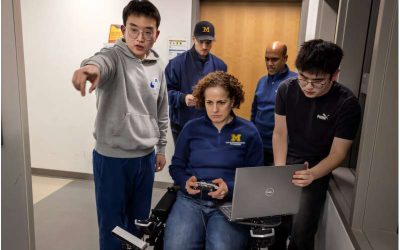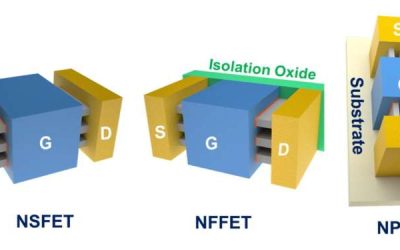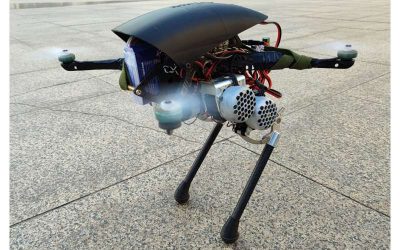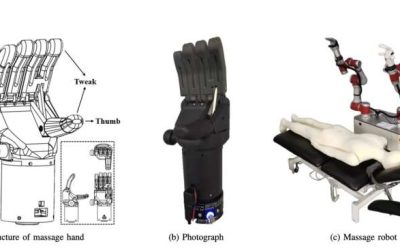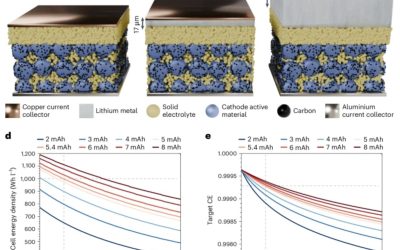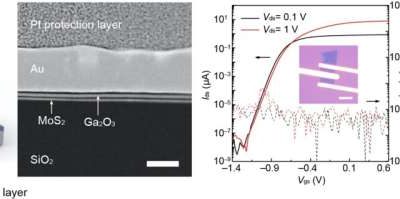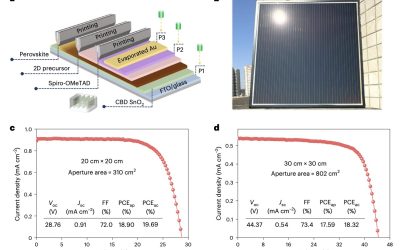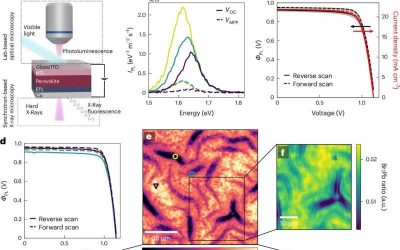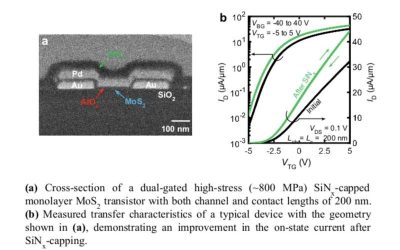Recent advances in the fields of human-infrastructure interaction, electronic engineering, robotics and artificial intelligence (AI) have opened new possibilities for the development of assistive and medical technologies. These include devices that can assist...
Engineering
3D printing strategy can upgrade soft robots and extend their lifespan
Over the past decades, robotic systems have been rapidly advancing, fueled by the continuous introduction of more advanced electronics, mechanical components and software solutions. As a result, robots can easily become obsolete and outdated as newer systems emerge.
New framework designs scalable 3D transistors based on 2D semiconductors
Conventional electronics based on silicon are approaching their limits in terms of performance and scalability. In recent years, engineers have thus been trying to introduce alternative designs that could help reduce the size of electronic components while also...
Quadrotors support enhanced locomotion in a new bipedal robot
Humans and animals are the key inspiration for many robotic systems developed to date, as they possess body structures that innately support efficient locomotion. While many bipedal (i.e., two-legged) robots are humanoids, meaning that their body resembles that of...
Robot mimics traditional Chinese massage techniques for therapeutic use
In recent years, roboticists have developed a wide range of systems that could eventually be introduced in health care and assisted living facilities. These include both medical robots and robots designed to provide companionship or assistance to human users.
Thermal evaporation emerges as a promising strategy for scalable solid-state battery production
Solid-state lithium batteries are promising energy storage solutions that utilize solid electrolytes as opposed to the liquid or gel electrolytes found in traditional lithium-ion batteries (LiBs). Compared to LiBs and other batteries that are used worldwide, these...
New strategy enhances 2D transistor dielectric layers
Transistors based on two-dimensional (2D) semiconductors, such as molybdenum disulfide (MoS2) and tungsten diselenide (WSe2), could outperform conventional silicon-based transistors, while also being easier to reduce in size. To perform well, these transistors need to...
Scalable technique enhances 2D layer formation in solar cells
Solar cells based on perovskites, a class of materials with advantageous optoelectronic properties, have recently achieved power conversion efficiencies (PCEs) comparable to those of some silicon-based photovoltaics. Moreover, perovskite-based solar cells could be...
Study introduces new approaches to engineer stable and robust perovskite solar cells
Perovskites are materials with advantageous optoelectronic properties that could be used to develop more affordable photovoltaics (PVs). While in recent years engineers were able to significantly improve the power-conversion efficiencies of perovskite solar cells,...
Strain engineering approach enhances performance of 2D semiconductor-based transistors
The manipulation of mechanical strain in materials, also known as strain engineering, has allowed engineers to advance electronics over the past decades, for instance enhancing the mobility of charge carriers in devices. Over the past few years, some studies have...

